Cecilia Conforti

Nel settembre 1943, con la caduta del fascismo e l’armistizio di Cassibile, l’Italia fu invasa dai tedeschi mentre gli Alleati sbarcavano a Salerno, aprendo la strada alla liberazione del sud.
Nel pomeriggio del giorno precedente allo Sbarco Roosvelt annuncia a sorpresa la firma dell’armistizio, il generale Badoglio, colto di sorpresa, è costrettoa a darne annuncio all’EIAR
In September 1943, with the fall of Fascism and the armistice of Cassibile, Italy was invaded by the Germans while the Allies landed in Salerno, opening the path for the liberation of the South.
In the afternoon of the day before the Landing, Roosevelt unexpectedly announced the signing of the armistice. General Badoglio, taken by surprise, was forced to announce it to the EIAR.
Ascolta l’annuncio di Badoglio, listen to Badoglio’s announcement
Original wartime caption: An Italian soldier walking through the main street of Salerno. Copyright: © IWM.

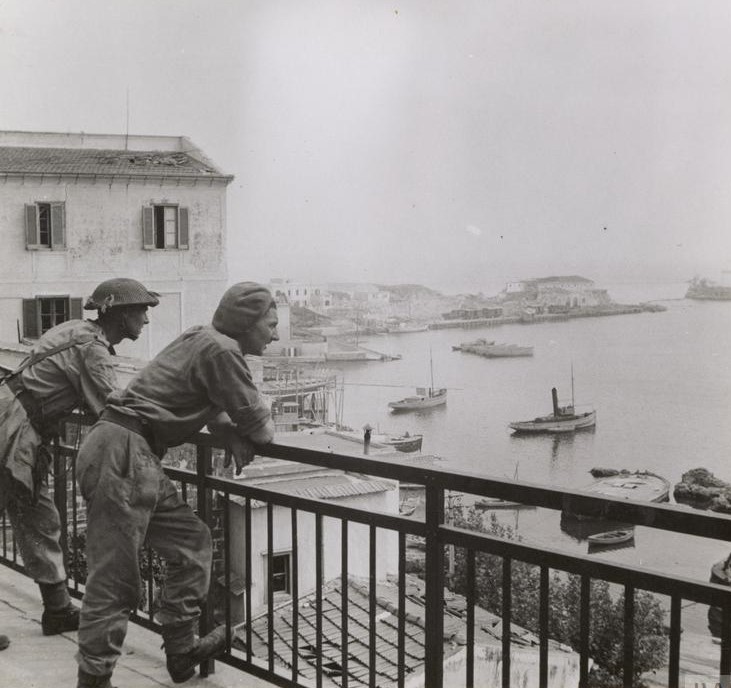
Da febbraio a giugno 1944, Salerno fu sede del governo Badoglio I e II. Il Palazzo di Città ospitava il Consiglio dei Ministri, mentre il re risiedeva a Villa Guariglia a Raito (frazione di Vietri sul Mare) alla periferia settentrionale di Salerno. Il governo avviò la ricostruzione nelle aree liberate ed epurò le istituzioni dal fascismo.
A Salerno Togliatti maturò una scelta [sturzo.it] che influenzò enormemente gli eventi che seguirono. In accordo con l’Unione Sovietica decise di posticipare la questione della monarchia alla conclusione della guerra, considerando prioritaria la vittoria contro i tedeschi. Fu una decisione estremamente impopolare nel suo partito ma riuscì a compattare il fronte che si opponeva ai nazi-fascisti, fronte di cui facevano parte anche aree di ispirazione monarchica.
From February to June 1944, Salerno was the seat of the Badoglio government. The City Hall hosted the Council of Ministers, while the king resided at Villa Guariglia in Raito (a district of Vietri sul Mare) on the northern outskirts of Salerno. The government began the reconstruction of the liberated areas and purged institutions of fascism.
In Salerno, Togliatti made a decision [sturzo.it] that greatly influenced the events that followed. In agreement with the Soviet Union, he decided to postpone the issue of the monarchy until after the end of the war, considering the victory against the Germans as the top priority. It was an extremely unpopular decision within his party, but it managed to unite the front opposing the Nazi-Fascists, a front that also included monarchist-inspired groups.
A giugno Il re cedette allora alle pressioni degli alleati e il 5 nominò luogotenente del Regno il figlio Umberto, il cambio determinò le dimissioni del governo Badoglio ma la ritrovata unità del fronte antifascista, impedì una nuova nomina a Badoglio al quale fu preferito Ivanoe Bonomi. Il governo Bonomi era formato da personalità di grande rilievo quali De Gasperi, Benedetto Croce, Togliatti Saragat e con quell’insediamento il 22 giugno prese l’avvio il percorso che avrebbe portato all’Assemblea Costituente e al Referendum tra Monarchia e Repubblica.
In June, the King gave in to pressure from the Allies and, on the 5th, appointed his son Umberto as Lieutenant of the Kingdom. This change led to the resignation of the Badoglio government, but the renewed unity of the anti-fascist front prevented Badoglio from being reappointed. Instead, Ivanoe Bonomi was chosen. The Bonomi government included prominent figures such as De Gasperi, Benedetto Croce, Togliatti, and Saragat. With its establishment on June 22, the process began that would eventually lead to the Constituent Assembly and the Referendum between Monarchy and Republic.
Ivanoe Bonomi sostituì Badoglio come Presidente del consiglio il 18 giugno 1944 e realizzò con Palmiro Togliatti la “Svolta di Salerno”: un compromesso tra i partiti antifascisti e la monarchia che consentisse la formazione di un governo di unità nazionale, accantonando quindi temporaneamente la questione istituzionale.
Ivanoe Bonomi replaced Pietro Badoglio as Prime Minister on June 18, 1944, and, together with Palmiro Togliatti, implemented the “Svolta di Salerno” (Salerno Turnaround): this was a political compromise between the antifascist parties and the monarchy, which allowed for the formation of a national unity government. As part of this agreement, the institutional question was temporarily set aside.


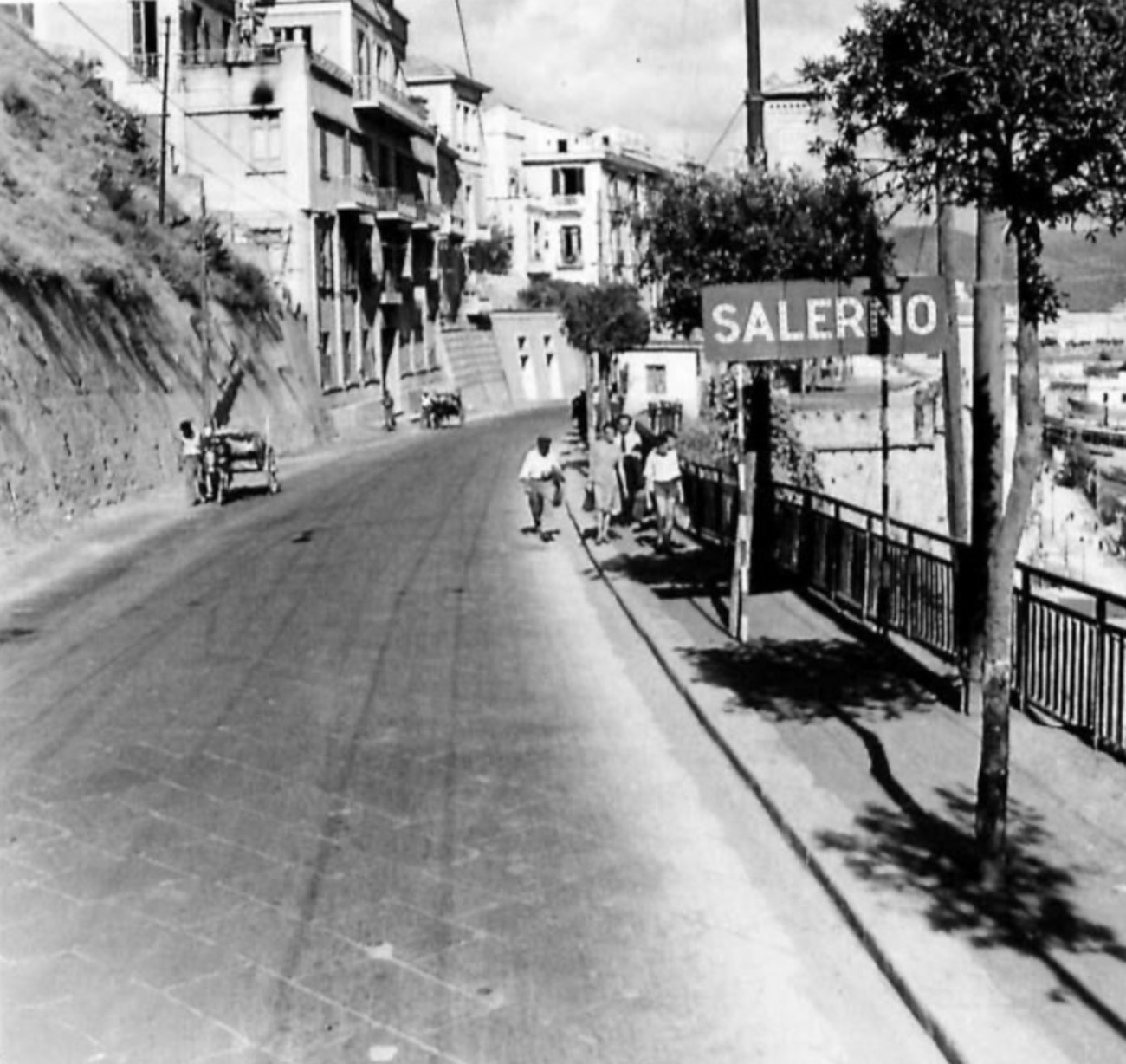
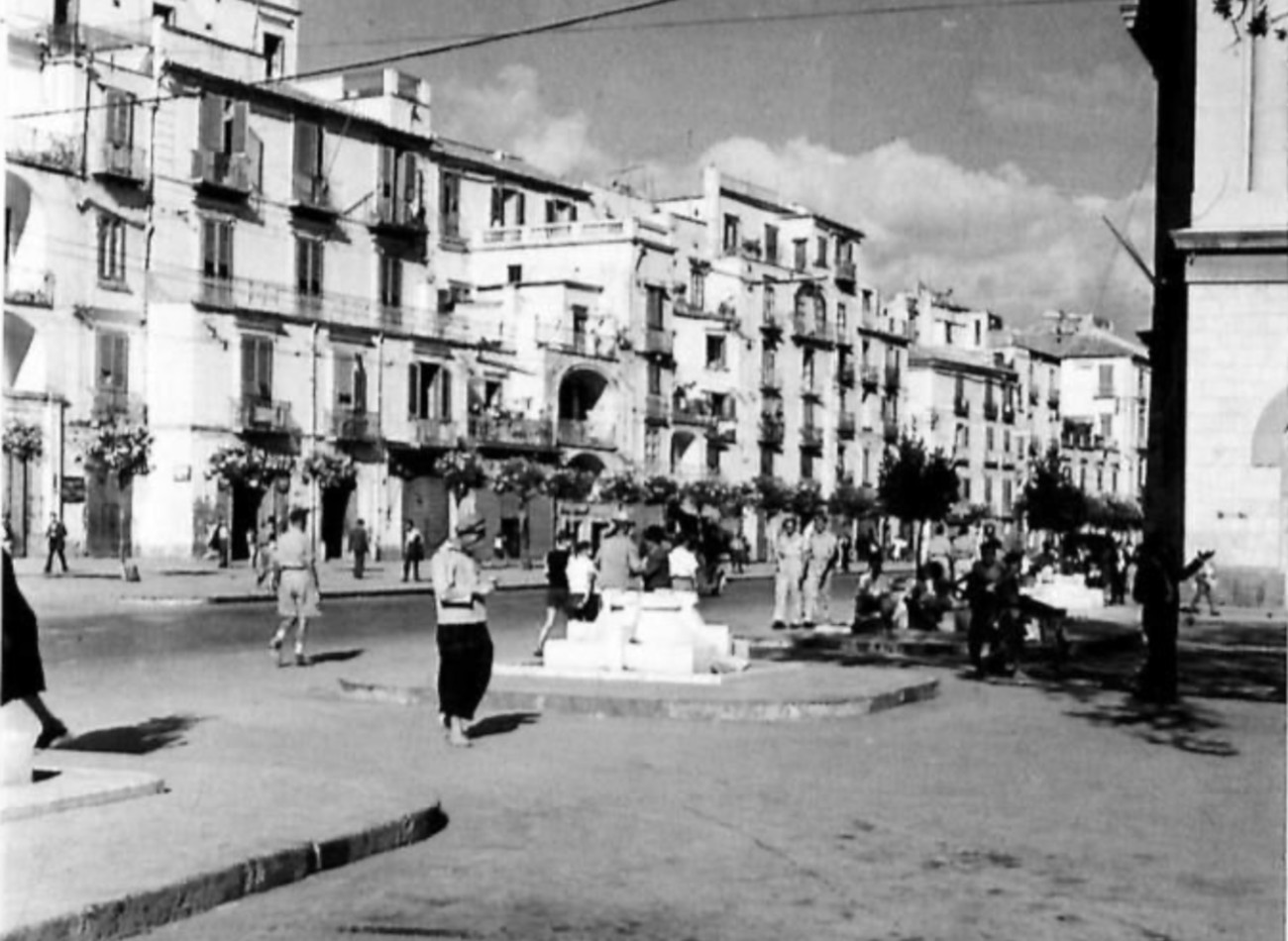
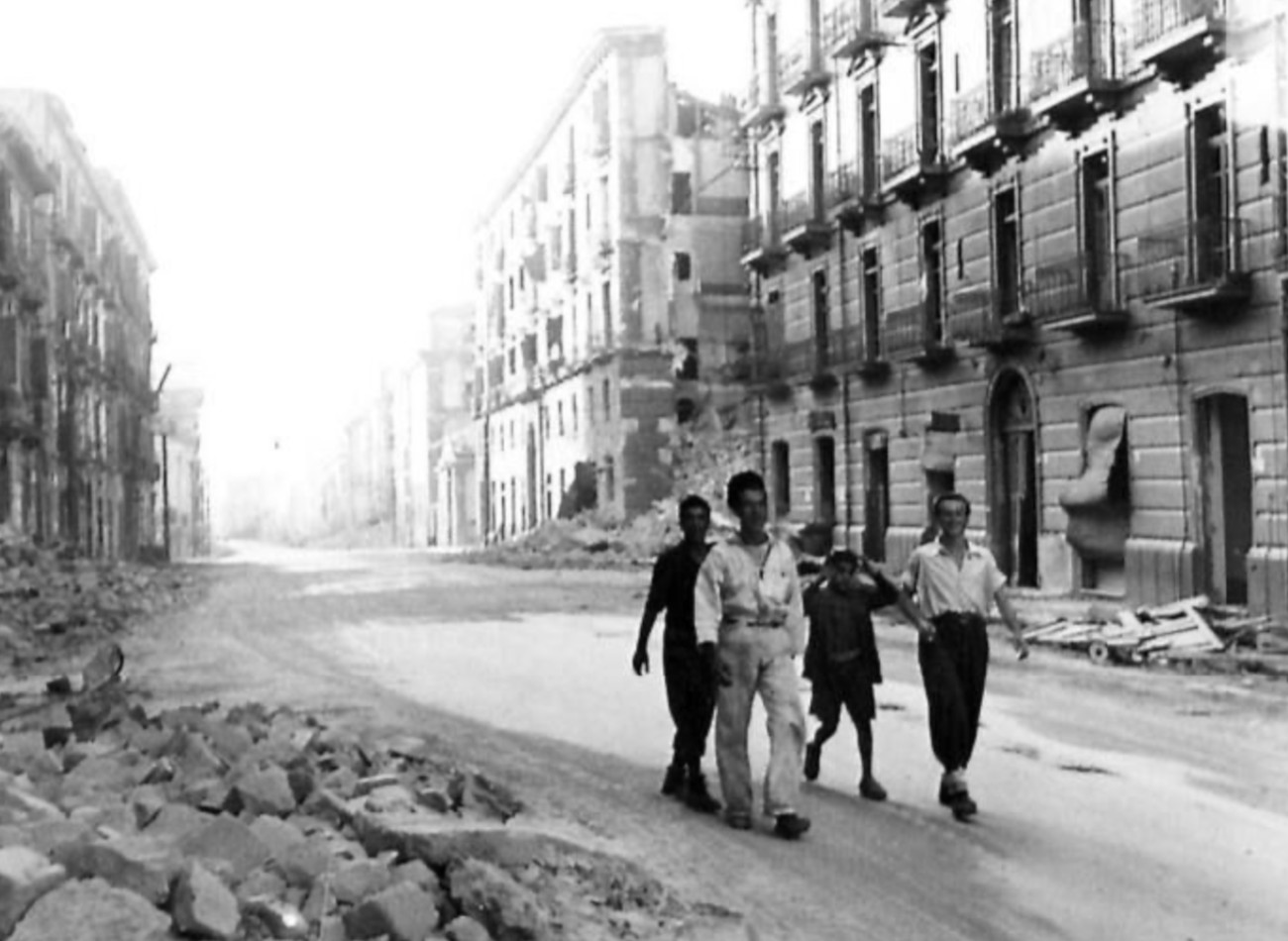
Quando il governo si trasferì a Salerno al Badoglio partecipavano due ministri salernitani: Raffaele Guariglia agli Esteri e Giovanni Cuomo all’Educazione Nazionale. Guariglia in realtà era rimasto a Roma dopo la fuga di Badoglio e del Re e si era rifugiato nell’ambasciata di Spagna, rimase in carica formalmente fino fino all’11 febbraio 1944
Mercoledì 16 febbraio 1944 la “Gazzetta Ufficiale” reca come luogo di stampa non più Brindisi ma la città campana.
l governo a Salerno presieduto da Ivanoe Bonomi era formato, tra gli altri, da Benedetto Croce, Carlo Sforza, Meuccio Ruini, Alberto Cianca, Giuseppe Saragat, Alcide De Gasperi e Palmiro Togliatti.
When the government moved to Salerno under Badoglio, two ministers from Salerno took part: Raffaele Guariglia, Minister of Foreign Affairs, and Giovanni Cuomo, Minister of National Education. In reality, Guariglia had remained in Rome after Badoglio and the King’s escape, and had taken refuge in the Spanish Embassy. He formally remained in office until February 11, 1944.
On Wednesday, February 16, 1944, the Official Gazette listed not Brindisi, but the Campanian city as its place of publication.
The government in Salerno led by Ivanoe Bonomi included, among others, Benedetto Croce, Carlo Sforza, Meuccio Ruini, Alberto Cianca, Giuseppe Saragat, Alcide De Gasperi, and Palmiro Togliatti.
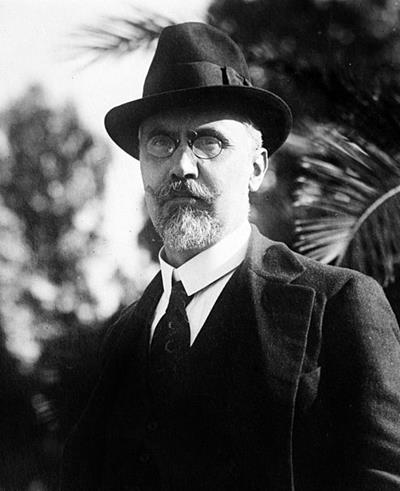
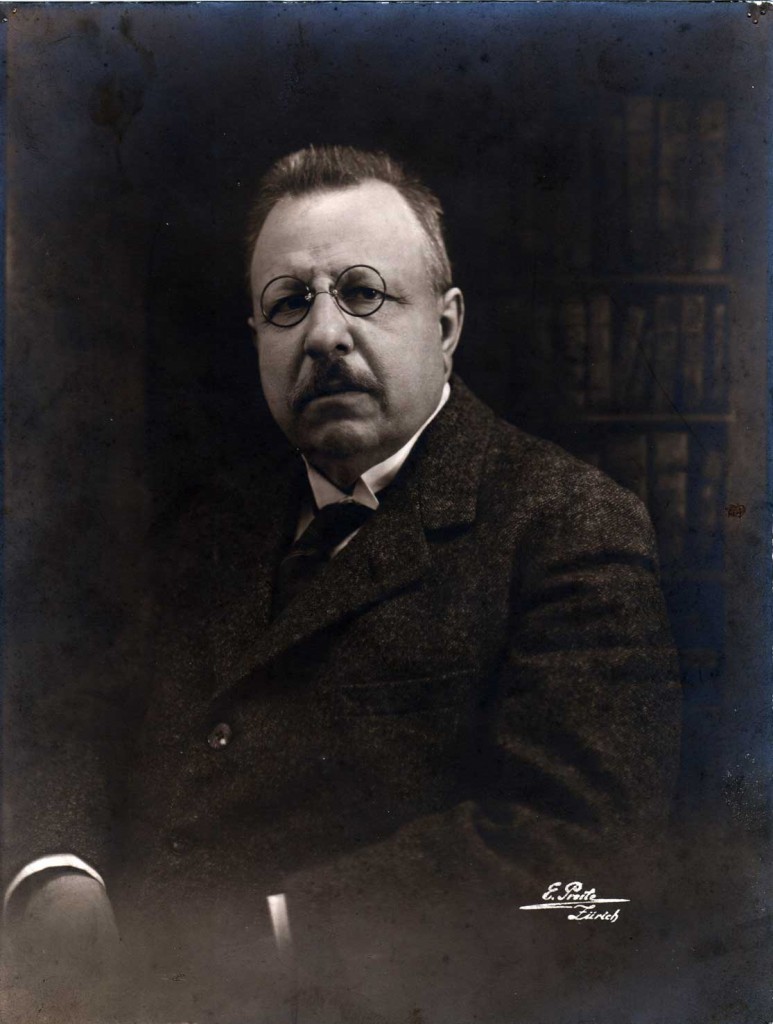

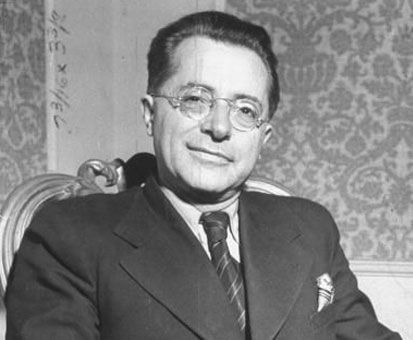
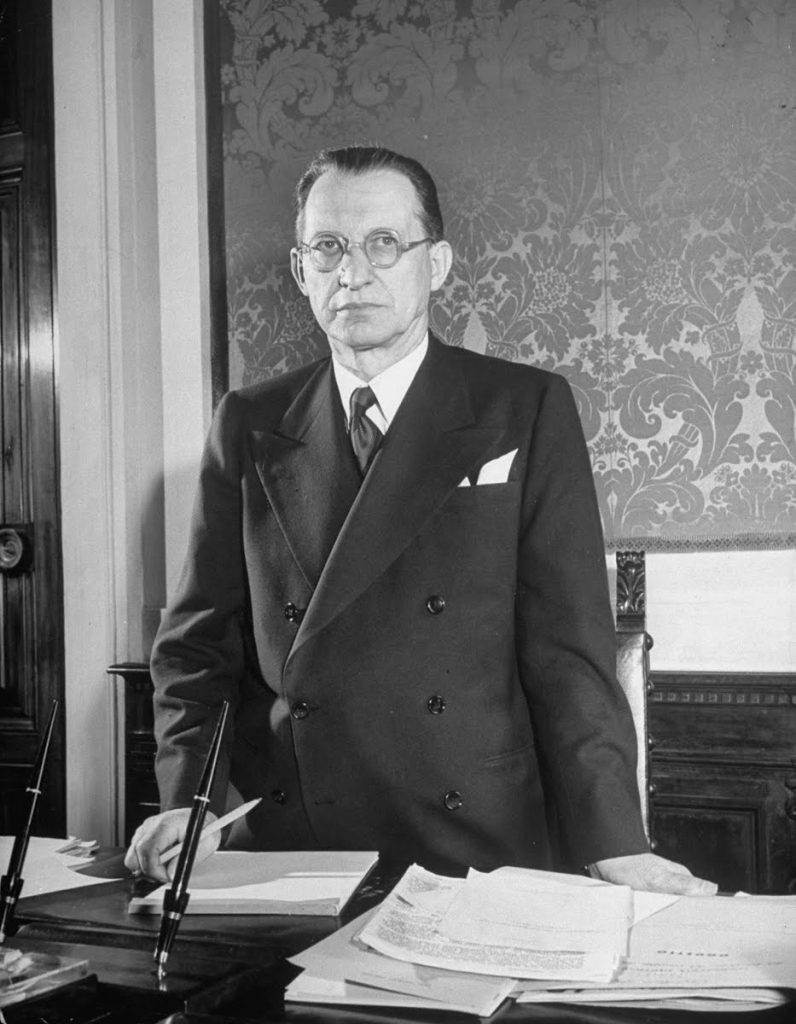
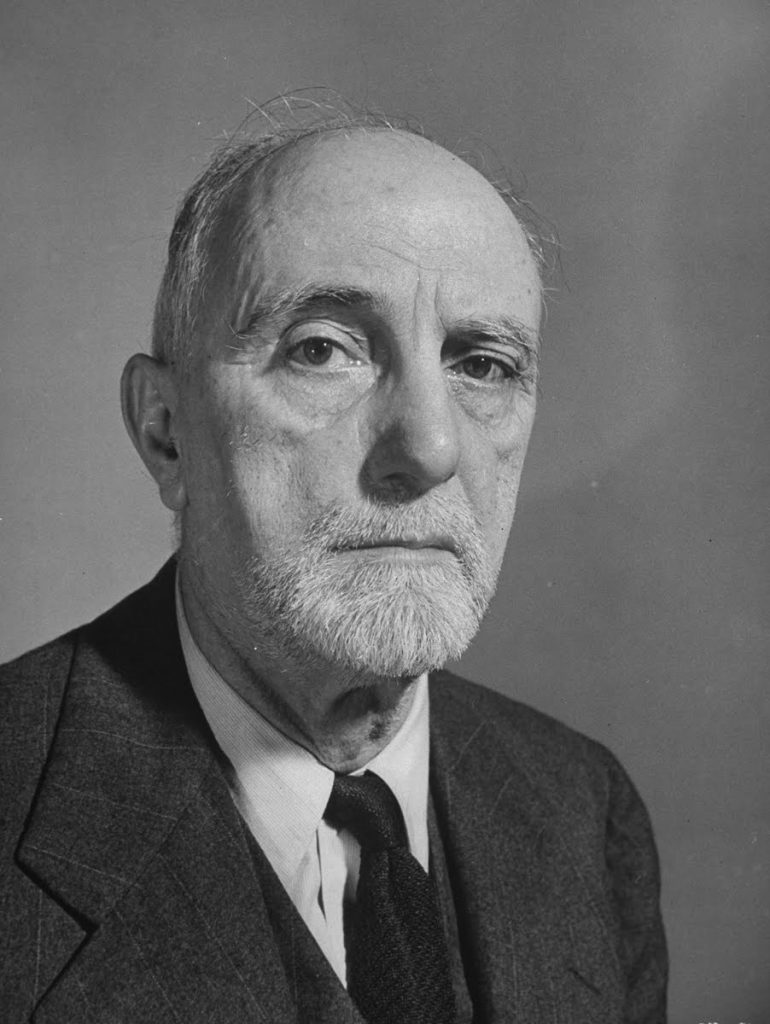
Alcuni dei palazzi nobiliari e di rappresentanza diventarono sede di organi del governo, Durante il periodo in cui Salerno fu capitale del Regno d’Italia liberato, i vari ministeri furono ospitati in edifici distribuiti tra il centro cittadino e alcune località vicine.
La Presidenza del Consiglio, il Ministero dell’Interno e il Ministero dell’Educazione Nazionale si insediarono nel Palazzo Comunale. Il Ministero dei Lavori Pubblici e quello dell’Agricoltura e Foreste trovarono sede nel Palazzo Natella, nel centro storico, che ospitava anche gli uffici di collegamento con il Ministero della Marina e con quello della Guerra, rimasti a Brindisi.
Il Ministero di Grazia e Giustizia fu sistemato presso il Tribunale cittadino, mentre il Sottosegretariato alle Poste e Telegrafi trovò posto nel Palazzo delle Poste. Il Ministero degli Esteri fu collocato nel Palazzo Barone e il Ministero delle Finanze nell’edificio delle Corporazioni. Infine, il Ministero dell’Industria e Commercio fu trasferito nella vicina Vietri sul Mare, presso le scuole elementari locali.
During the time Salerno served as the capital of the liberated Kingdom of Italy, various government ministries were housed in different buildings across the city and nearby towns.
The Presidency of the Council, the Ministry of the Interior, and the Ministry of National Education were based in the City Hall. The Ministry of Public Works and the Ministry of Agriculture and Forestry operated from Palazzo Natella, in the historic center. This building also hosted liaison offices for the Ministry of the Navy and the Ministry of War, which remained in Brindisi.
The Ministry of Justice was located in the City Courthouse, while the Undersecretariat for Posts and Telegraphsoperated from the Post Office building. The Ministry of Foreign Affairs was housed in Palazzo Barone, and the Ministry of Finance in the Corporations Building. Finally, the Ministry of Industry and Commerce was moved to the nearby town of Vietri sul Mare, in the local elementary school
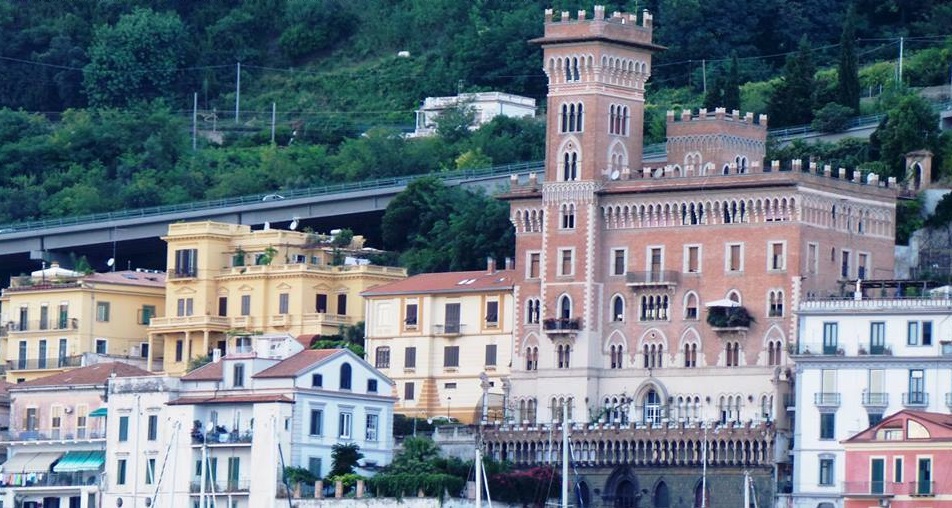
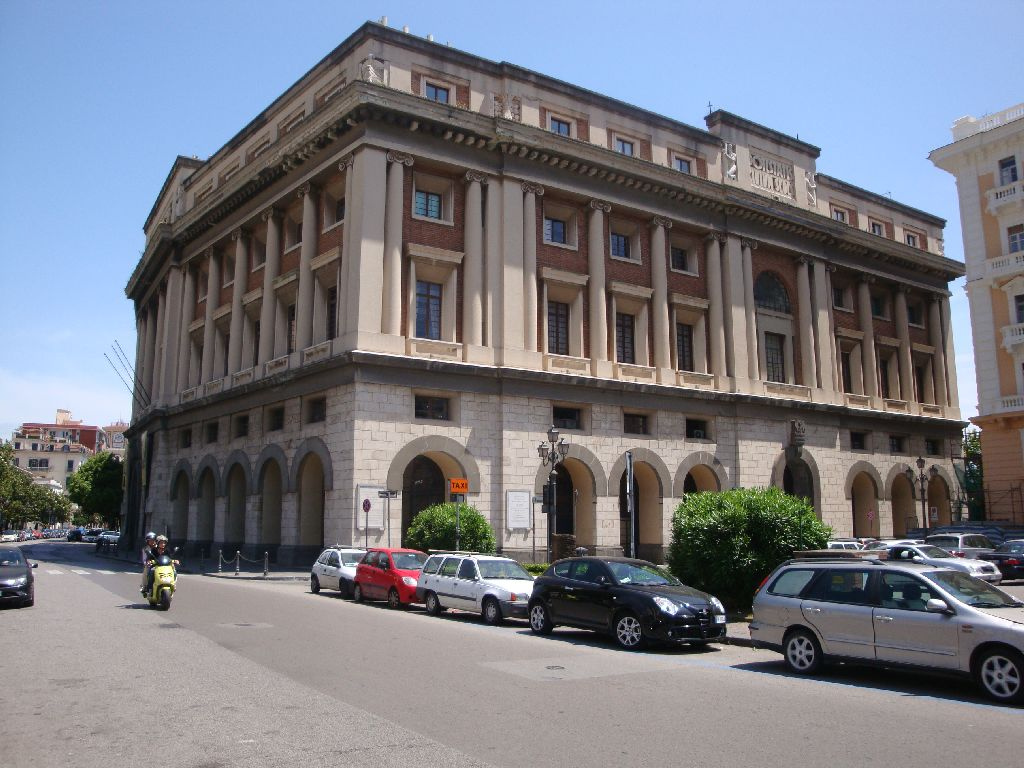
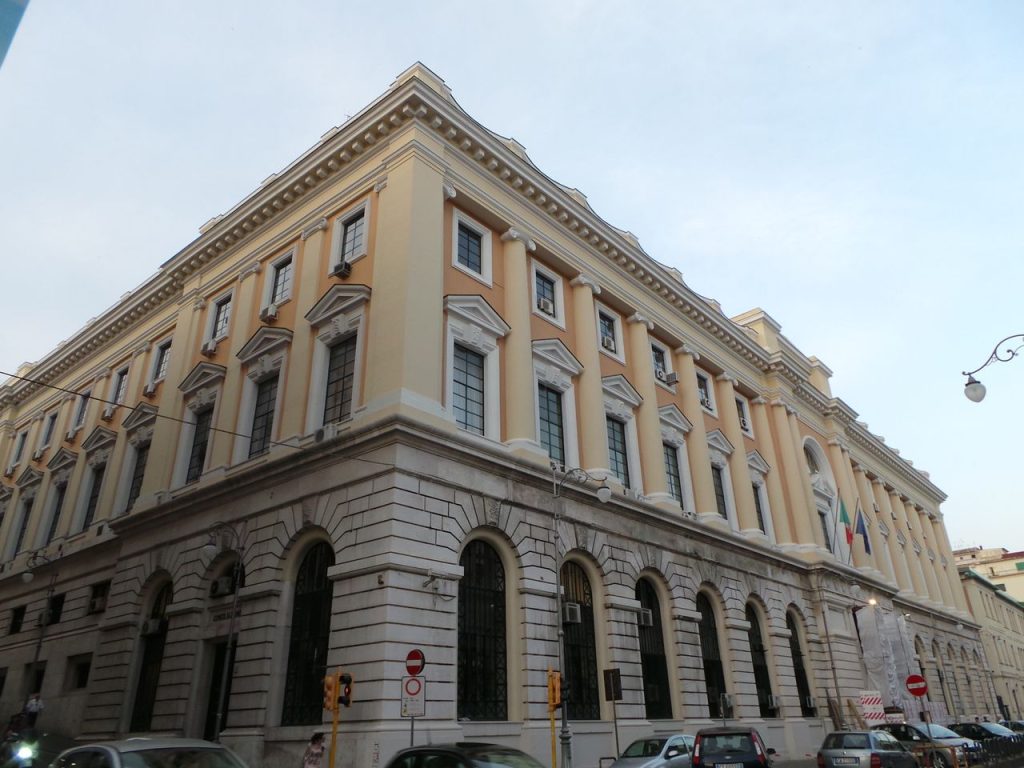
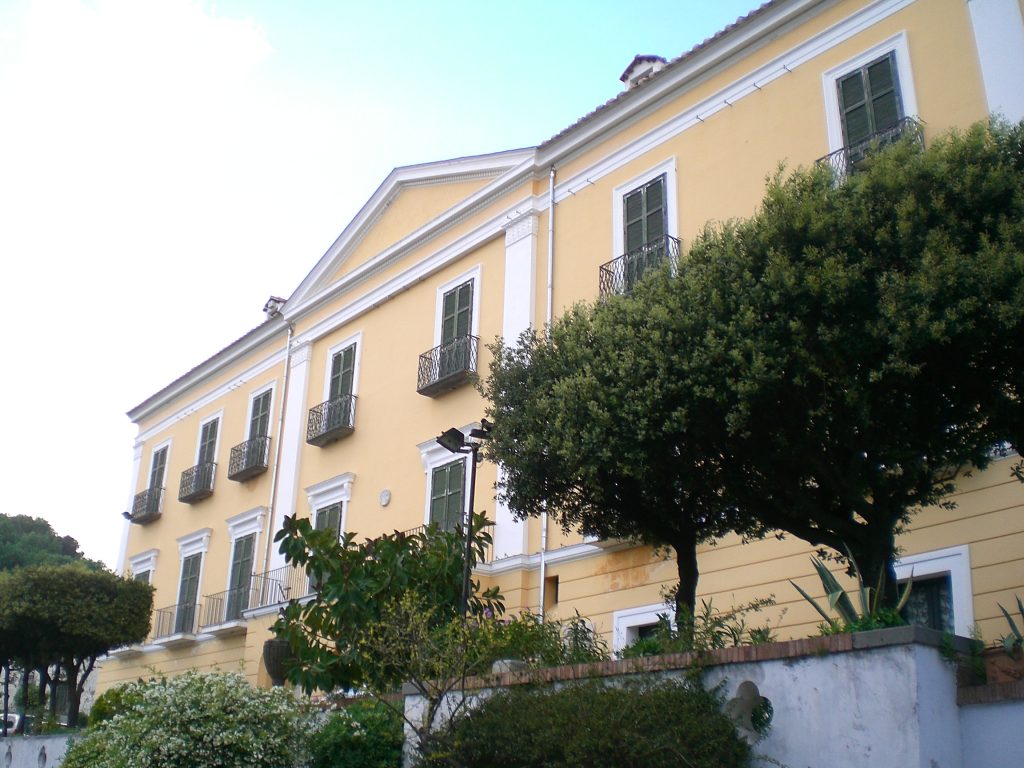
Palazzo del Governo (oggi Prefettura) – Piazza Amendola Sede del Governo e centro decisionale dell’esecutivo Qui si riunivano i ministri e si tenevano le principali attività istituzionali. Alcuni uffici del governo, come quello del Presidente del Consiglio, vi furono ospitati.
Palazzo della Provincia (oggi sede della Provincia di Salerno) Alcuni ministeri e servizi vi furono temporaneamente insediati, fu uno dei palazzi amministrativi più importanti utilizzati in quel periodo.
Palazzo d’Avossa – Via Roma. Utilizzato come sede di alcuni uffici governativi secondari o di rappresentanza.
Palazzo Sant’Agostino – Sede della Prefettura, Ospitò probabilmente altri uffici istituzionali o amministrativi durante la permanenza del governo.
Comando Militare Alleato. Anche se il governo era italiano, la presenza alleata era massiccia: il Comando Alleato era insediato nella zona del porto e in alcuni edifici strategici della città.
Tipografia della “Gazzetta Ufficiale”. A partire dal 16 febbraio 1944, la Gazzetta Ufficiale del Regno d’Italia venne stampata a Salerno, segnalando ufficialmente lo spostamento della capitale operativa.
Government Palace (now the Prefecture) – Piazza Amendola. Headquarters of the Government and the main decision-making center of the executive branch. Ministers held their meetings here, and key institutional activities took place. Some government offices, including that of the Prime Minister, were based here.
Provincial Palace (now seat of the Province of Salerno). Some ministries and services were temporarily housed in this building. It was one of the main administrative buildings used during that period.
Palazzo d’Avossa – Via Roma, useed to host some minor government offices or for official representation.
Palazzo Sant’Agostino – Prefecture Office, likely hosted additional institutional or administrative offices during the government’s stay.
Allied Military Command, Although the government was Italian, the Allied presence was significant: the Allied Command was based near the port and in strategic buildings across the city.
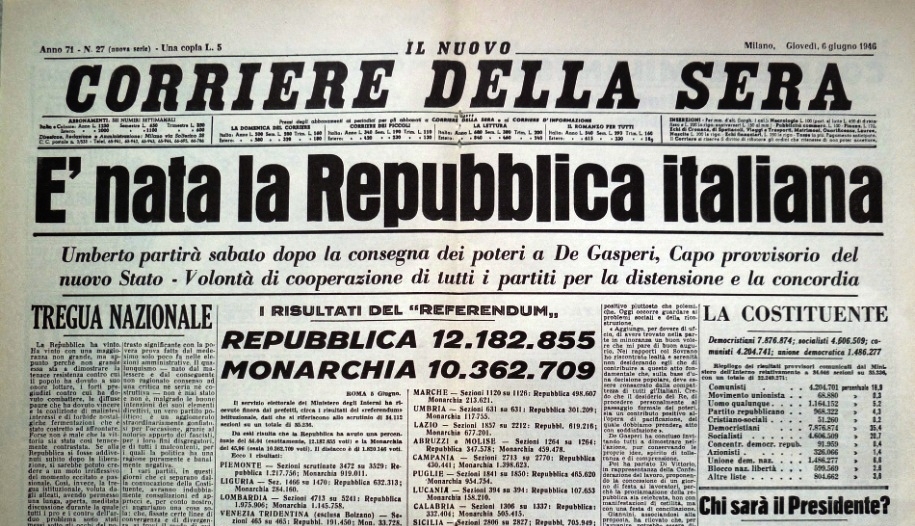
L’8 luglio ci fu l’ultimo atto a Salerno di quel governo con la formalizzazione sulla Gazzetta Ufficiale di un testo di legge che indicava tale iter da realizzarsi alla fine della guerra. il 15 luglio il governo Bonomi si riunisce per la prima vola nuovamente a Roma.
Il decreto legislativo luogotenenziale del 25 giugno 1944, n. 151. sanciva che era concessa “al popolo italiano” la facoltà di eleggere ” una Assemblea Costituente per deliberare la nuova costituzione dello Stato”, al fine diOn July 8, the last act of that government took place in Salerno, with the formalization in the Official Gazette of a law outlining the procedure to be followed at the end of the war.
On July 8, the final act of that government took place in Salerno with the publication in the Official Gazette of a legislative text outlining the process to be carried out at the end of the war. On July 15, the Bonomi government met for the first time once again in Rome..
The legislative decree of June 25, 1944, No. 151, established that “the Italian people” were granted the right to elect “a Constituent Assembly to deliberate on the new constitution of the State,” in order to choose “its institutional forms.”sceglierne “le forme istituzionali”.